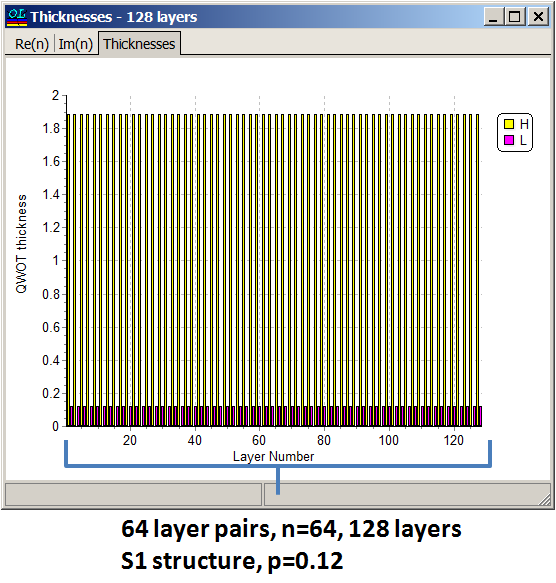
← Smith Charts-Basics, Parameters, Equations, and Plots.Visit ABOUT to see what you can learn from this blog.’ ‘Note: This is an article written by an RF engineer who has worked in this field for over 40 years. If \(z=1.4+j1.2\), then, read directly from the Smith chart without using equations, what are the approximate values of: Let’s charge ahead to answer these simple questions below. You should go back to review this article- Basics, Parameters, Equations, and Plots, then come back to practice on this article again.Īfter that, you will be well prepared for learning impedance matching. However, do not force yourself ahead to the next article if you have difficulty to answer the following questions. Finally, plot the differential S11 parameter on a Smith chart.

#Use smithchart rf toolbox how to#
You’ll learn a unique way of impedance matching using Smith chart, and you will also be directed to where you can get a powerful spreadsheet which will help you get the matching job solved within a fraction of a second with very minimal effort. This example shows how to use RF Toolbox to model a differential high-speed backplane. If you can follow those 6 examples easily, then you are good to go to answer the questions below, and, once you get them done correctly, you can continue to learn the most exciting application of Smith chart, impedance matching. You don’t need to remember those equations by heart but you should know how to apply them without any difficulty, whenever you need to use it to conveniently solve impedance and reflection issues. With any one of these 3 parameters given, you can read the other 2 in the chart simultaneously with a very reasonable accuracy. Although written for Windows, it is well behaved under Wine (Windows emulation) and runs will in CrossOver on the Macintosh without Windows.

Now, you have learned all basics of Smith chart and you know the chart is consisted of 3 very basic parameters, \(Γ, z, y\), and they can be converted among each other based on a few sophisticated equations. AppCAD RF & Microwave tools from HP & Agilent This package includes calculators for Transmission Lines, Transistor Bias Circuits, Cascade Noise Analysis, Transistor Design Data, and more.

Alternatively, use the RFCKT objects and functions to define RF network components and connect them in series, parallel, cascade, hybrid, and inverse hybrid configurations. Obtain \(Γ_r\) and \(Γ_i\) from given \(r\) and \(x\): Use these RF Toolbox circuit objects and functions such as capacitor, inductor, and resistor to create arbitrary networks and calculate the S-parameters and group delay. We’ll work on examples and then ask questions. This article will be dedicated to examples and questions to find out how much you really know about Smith chart and enhance your understanding of this great chart.īut you should learn all Basic Parameters, Equations, and Plots first before continuing reading further here.


 0 kommentar(er)
0 kommentar(er)
